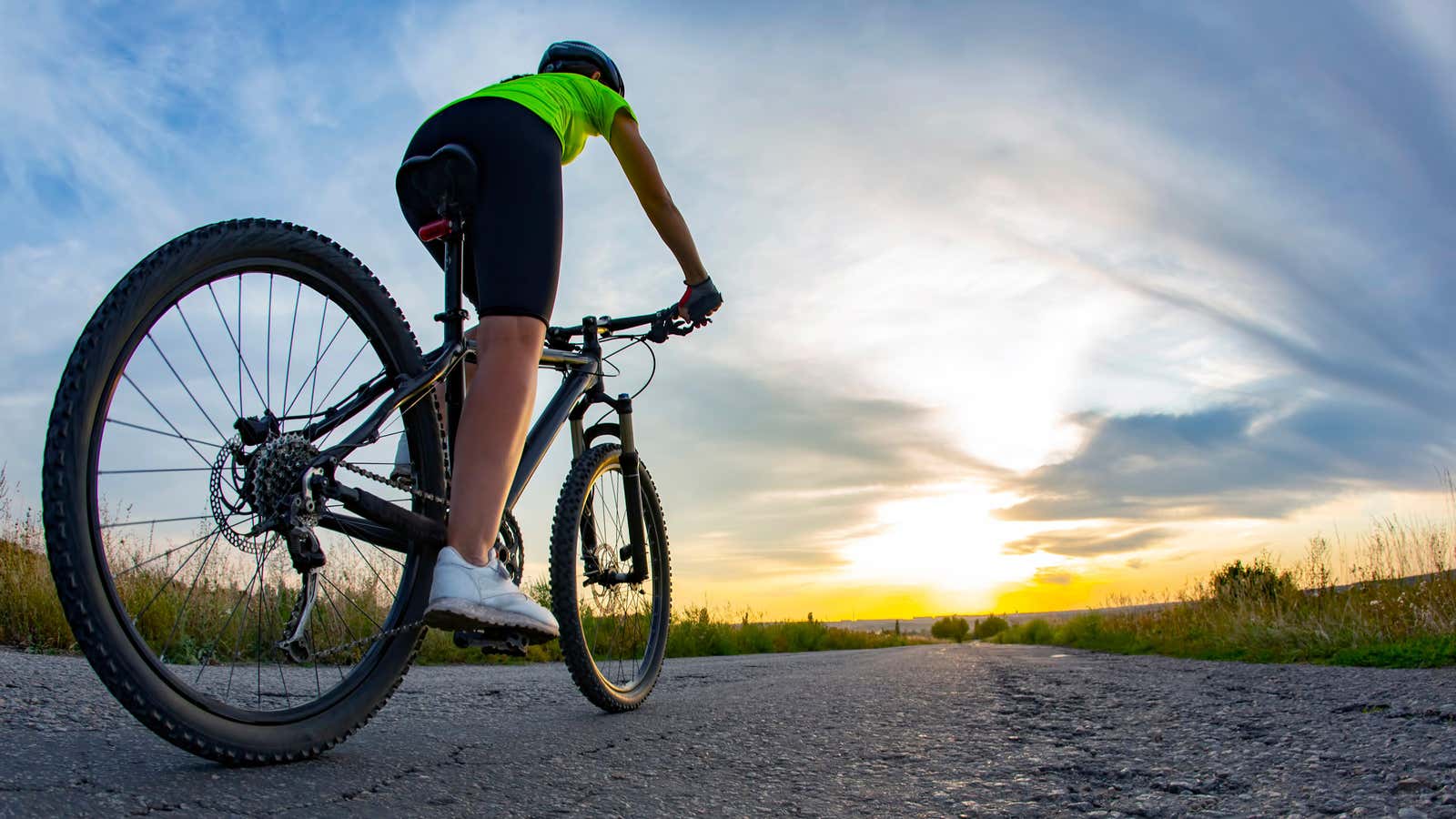The Best Free Online Tools for Designing Your Own Cycling Routes

Whether you’re in an unfamiliar place or expanding your horizons in your hometown, there are plenty of tools online to set up different walking, running, and biking trails, wherever you are. The online tools we’ll cover here aren’t all created equal, so let’s take a look at the best free options depending on what you’re looking for on the map.
All of the following options have solid reviews and, most importantly, are either free or have free versions that can get the job done. For all of this, I recommend using the desktop version rather than the mobile app , at least at first; I find it much easier to drag and drop various points along the path using a mouse pad rather than a touch screen.
How to get a bike route using Google Maps
You’re probably very familiar with Google Maps, even if you haven’t taken the opportunity to set up a cycling or running route. Here’s how to map a cycle route on Google Maps:
1. Click the direction icon. Make sure you select the walking or cycling icon.
2. Select a starting point and a destination. Since you are probably creating a loop, click the plus sign to add the start location again as the third stop.
3. Maps will show you the fastest and most direct route to and from your destination. Drag the blue lines to adjust the loop to the distance you want and indicate the places you want to go through.
4. When you’re ready, tap the option to send instructions to your phone.
With your phone turned on, tap your profile icon in Google Maps and select Offline Maps . Then click ” Set Custom Map ” and you will see a thumbnail map of the place you are in. All you need to do is move the blue rectangle over the area you are about to visit and then click on ” Download “.
With Google Maps, you can safely rely on the accuracy of the route and all its characteristics (time, distance, altitude). However, once you get used to the interface of sites specifically designed for planning bike routes, it becomes obvious that Google Maps is not focused on building a route. However, if you don’t want to try something new or unfamiliar, you can’t go wrong with Google Maps.
For no frills: Onthegomap
I’m partial to onthegomap . It’s simple and easy to use. Build a route by simply clicking on the map to create a waypoint, then drag, drop and delete as needed. It’s faster than Google Maps but with much less information (such as traffic reports or detailed terrain profiles) compared to the options below.
For many customization tools: Plotaroute
If you like to dig into the details, Plotaroute.com offers a wide range of tools for editing routes. You can create a route from scratch, or merge and split an existing one, or even use the magic “create me a route” feature in a given area. The menu next to the map is full of icons for building detours, repeating loops, changing sides of the road, and more.
Once you’ve developed a route, you can look around and see numbered directions to follow along the route (I now realize this is a hugely underrated feature on all of these sites). Plotaroute is free, although you’ll need to sign up for an account to get all of these customization tools.
For off-road adventures: Komoot
If you’re serious about cycling or trail running, Komoot is your best bet for sport-specific trails. It has inch by inch surface and path type analysis, but what really makes it the best for outdoor adventures is all of Komoot’s pre-built routes. Routes filtered by distance, difficulty, and public transport already in Komoot are similar to the easier-to-use versions of route maps that you can find at the entrance to most parks.
Best crowdsourced data: BikeMaps.org.
BikeMaps.org is like Waze for cyclists. The website and app are crowdsourced tools that local cyclists can use to map problem areas while riding, including crashes, dangerous situations and theft.
The interface is aesthetically pleasing, though very sensitive to zooming in and out of the trackpad. The main downside to BikeMaps: This site seems to be the most popular in Canada, so your experience will depend on how many other cyclists are uploading data in your area.
For the socialite: Strava
Listen to me. I know the route building feature was ported over a paywall a few years ago, but it would still be remiss not to mention Strava at all.
For now: If you’re an avid Strava user and miss the route builder, you can still click “save to my routes” in your list of past activities to reuse it in future activities.
As a little teaser… stay tuned for a more detailed post on how to hack the free subscription and create your own routes anyway. Until then, all athletes love Strava, and the heatmap is a great tool for finding proven routes near you .
Final Thoughts
You can’t go wrong by choosing any of the above options. Some people are into inch height profiles, while others just want to drop three points on the map and use the first loop created. My final tip: Always make sure you download the offline version of your map, or better yet, write down your alternate directions on a piece of paper. God saves man, who save himself.